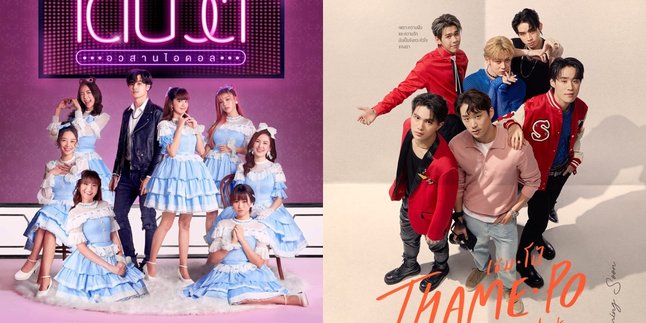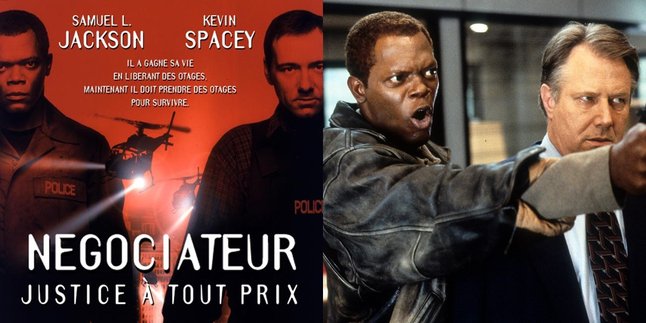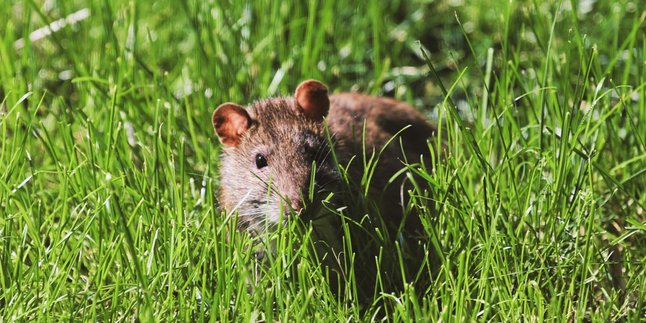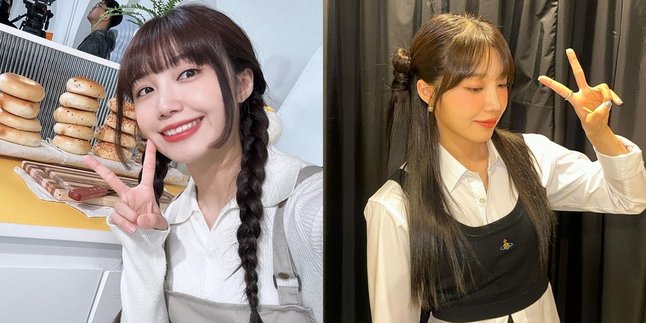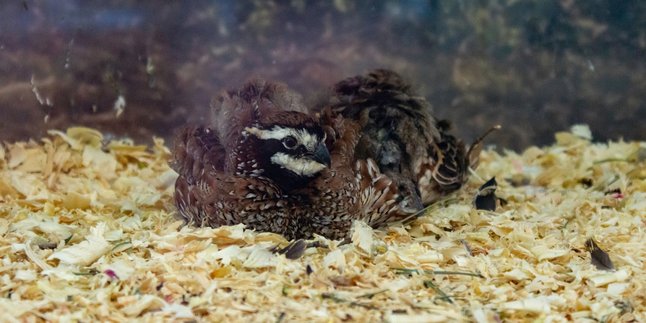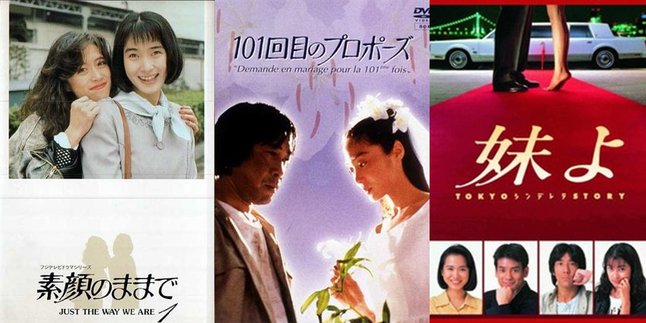Kapanlagi.com - In the rich culture of Japan, fairy tales hold a special place that has been passed down from generation to generation. However, there are also fairy tale terms in the Japanese language that have various terms to describe the concept of fairy tales in the Japanese language.
Each term carries a unique nuance and context, reflecting the depth and complexity of storytelling traditions in Japan. In this article, Kapanlagi will invite KLovers to explore the linguistic world of Japanese fairy tales that KLovers can discover.
Let's start this fascinating journey to understand how fairy tale terms in the Japanese language will enrich and deepen the meaning of fairy tales in Japanese culture.
1. Fairy Tales in Japanese

Illustration (credit: pixabay.com)
The common term for fairy tales in Japanese is "Mukashi banashi". Literally, this term for fairy tales in Japanese means "stories from long ago". The term mukashi banashi encompasses various types of folk tales, legends, and traditional Japanese fairy tales.
Then there is another term for fairy tales in Japanese, "Minwa". This term is another commonly used term, meaning "folk tales". Minwa has a broader scope, including stories that have been passed down orally from generation to generation within Japanese society.
Next, there is "Otogibanashi" which also refers to the term fairy tales or stories of fairies. This term for fairy tales in Japanese is often used for fantasy stories that involve magical creatures, magic, or supernatural events, usually aimed at children.
Lastly, there is the term "Setsuwa" which refers to short stories with didactic or moral elements. The term setsuwa often has historical or religious backgrounds and is usually used to teach moral lessons or cultural values of Japan.
2. The History of Folktales in Japanese Culture

Illustration (credit: pixabay.com)
In addition to knowing the term folktale in Japanese, KLovers can also learn about the history of folktales in Japanese culture. The history of folktales in Japan has very deep and diverse roots. Here is an explanation of the history of folktales in Japan:
1. Ancient Origins
Japanese folktales are rooted in ancient oral traditions that have existed since prehistoric times. These stories were originally passed down orally from generation to generation, often incorporating elements of Shinto mythology, animistic beliefs, and the everyday experiences of ancient Japanese society.
2. Influence of Buddhism and China
With the introduction of Buddhism and the cultural influence of China to Japan around the 6th century, many new elements were introduced into Japanese folktale traditions. Buddhist moral stories and Chinese legends began to blend with local folklore, creating more complex and diverse narratives.
3. Heian Period (794-1185)
During the Heian era, folktales began to be recorded in written form. Literary works such as "The Tale of the Bamboo Cutter" and "The Tale of Genji" emerged during this period, marking the beginning of a written literary tradition that included elements of folktales.
4. Muromachi Period (1336-1573)
This era saw the development of "otogizoshi", illustrated short stories that combined text and illustrations. Otogizoshi encompasses various genres, from hero tales to supernatural stories, and became the precursor to modern picture books.
5. Edo Period (1603-1868)
During the Edo era, folktales became more structured and codified. Many stories we know today, such as "Momotaro" and "Kachikachi Yama", were collected and rewritten in a more standardized form. This period also saw the emergence of "yomihon", longer and more complex storybooks.
6. The Meiji Era (1868-1912) and Beyond
With the modernization of Japan, traditional folktales began to be systematically collected and preserved. Scholars like Kunio Yanagita started to gather and study folklore as part of folkloric studies. At the same time, Western fairy tales began to be introduced and translated into Japanese.
7. The Modern Era
In the modern era, Japanese fairy tales continue to evolve and adapt. They are not only preserved in traditional forms but also adapted into various modern media such as anime, manga, films, and video games. Classic fairy tales are often reinterpreted with a modern twist or used as inspiration for new works.
8. Globalization and Cultural Exchange
With globalization, Japanese fairy tales have gained international recognition. Stories like "SPIRITED AWAY" by Hayao Miyazaki, which is inspired by traditional folktales, have introduced elements of Japanese fairy tales to a global audience.
9. Preservation and Education
Currently, there are significant efforts to preserve and teach traditional folktales to the younger generations of Japan. Schools often incorporate folktales into their curricula, and there are many programs and events dedicated to retelling and interpreting classic fairy tales.
The history of Japanese fairy tales reflects the cultural and societal evolution of Japan itself. From ancient roots to modern interpretations, fairy tales continue to play an important role in conveying values, beliefs, and Japanese cultural identity.
That is the term for fairy tales in Japanese that can be known. Understanding the term for fairy tales in Japanese opens up new knowledge and deepens our appreciation for Japan's cultural heritage.
(kpl/dhm)
Disclaimer: This translation from Bahasa Indonesia to English has been generated by Artificial Intelligence.



